News
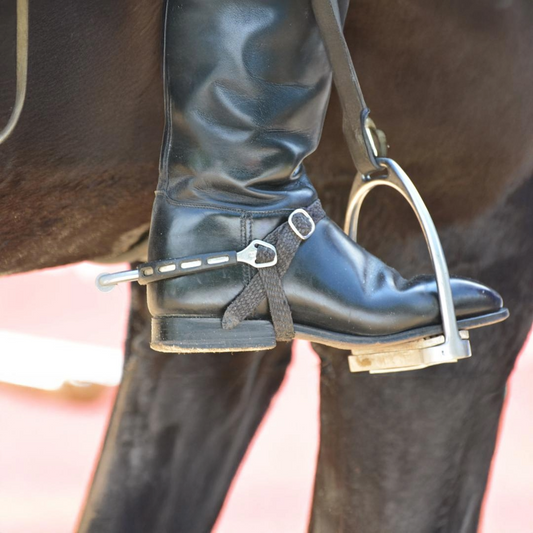
Understanding English Spurs and Their Shanks
English spurs come in various designs, each tailored to specific riding styles and needs. From the classic Prince of Wales to swan neck and rowel spurs, discover how different shanks...
Understanding English Spurs and Their Shanks
English spurs come in various designs, each tailored to specific riding styles and needs. From the classic Prince of Wales to swan neck and rowel spurs, discover how different shanks...
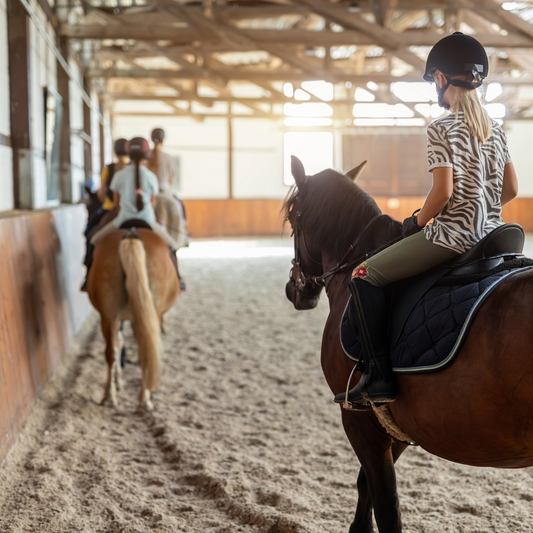
A Parent’s Guide to Preparing for Kids’ Horseba...
Get your child ready for horseback riding camp with our essential guide! Discover must-have gear like helmets, elastic-sided boots, riding pants, and optional extras to ensure safety and comfort. Aitken’s...
A Parent’s Guide to Preparing for Kids’ Horseba...
Get your child ready for horseback riding camp with our essential guide! Discover must-have gear like helmets, elastic-sided boots, riding pants, and optional extras to ensure safety and comfort. Aitken’s...
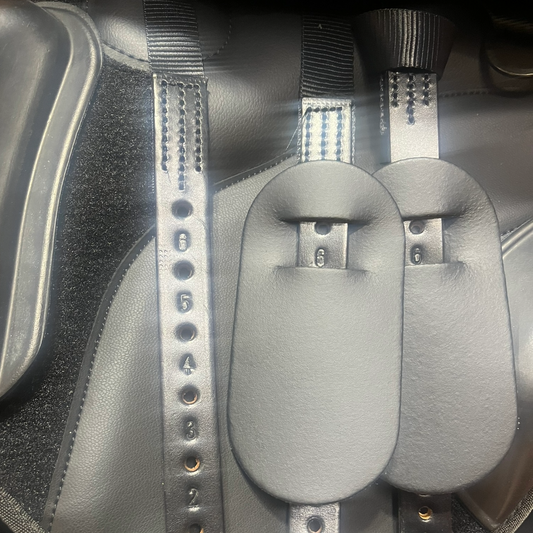
Why Does My Saddle Have Three Girth Points
Ever wondered why your saddle has three girth points? Understanding girth position is key to enhancing your horse's comfort, improving saddle stability, and boosting performance. Learn how to choose the...
Why Does My Saddle Have Three Girth Points
Ever wondered why your saddle has three girth points? Understanding girth position is key to enhancing your horse's comfort, improving saddle stability, and boosting performance. Learn how to choose the...
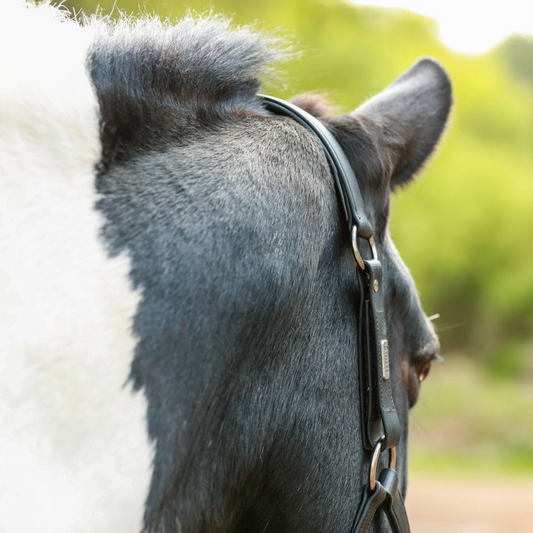
Poll Injuries from Pulling Back
Poll injuries from pulling back can cause significant discomfort and long-term issues for horses. Learn about the symptoms, affected muscles, and key preventative measures, including the importance of using breakaway...
Poll Injuries from Pulling Back
Poll injuries from pulling back can cause significant discomfort and long-term issues for horses. Learn about the symptoms, affected muscles, and key preventative measures, including the importance of using breakaway...
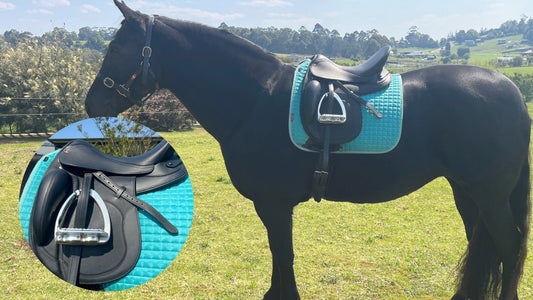
Mystique Modeling the Kieffer Brugge Saddle: Th...
The Kieffer Brugge Saddle is designed specifically for horses with wider builds and shorter backs, like Friesians and Cold Blooded breeds. Combining classic dressage elements with modern comfort features, this...
Mystique Modeling the Kieffer Brugge Saddle: Th...
The Kieffer Brugge Saddle is designed specifically for horses with wider builds and shorter backs, like Friesians and Cold Blooded breeds. Combining classic dressage elements with modern comfort features, this...
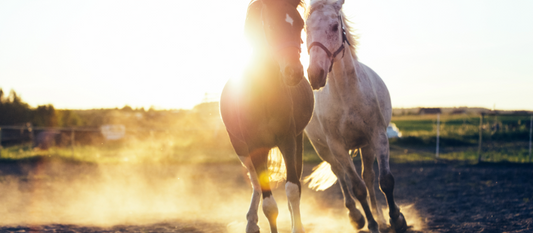
Preparing Your Horse for Warmer Weather: A Groo...
Preparing Your Horse for Warmer Weather: A Grooming Guide September 9th ,2024 Share: As the days grow longer and the temperatures rise, it's time to prepare your horse for the...
Preparing Your Horse for Warmer Weather: A Groo...
Preparing Your Horse for Warmer Weather: A Grooming Guide September 9th ,2024 Share: As the days grow longer and the temperatures rise, it's time to prepare your horse for the...
